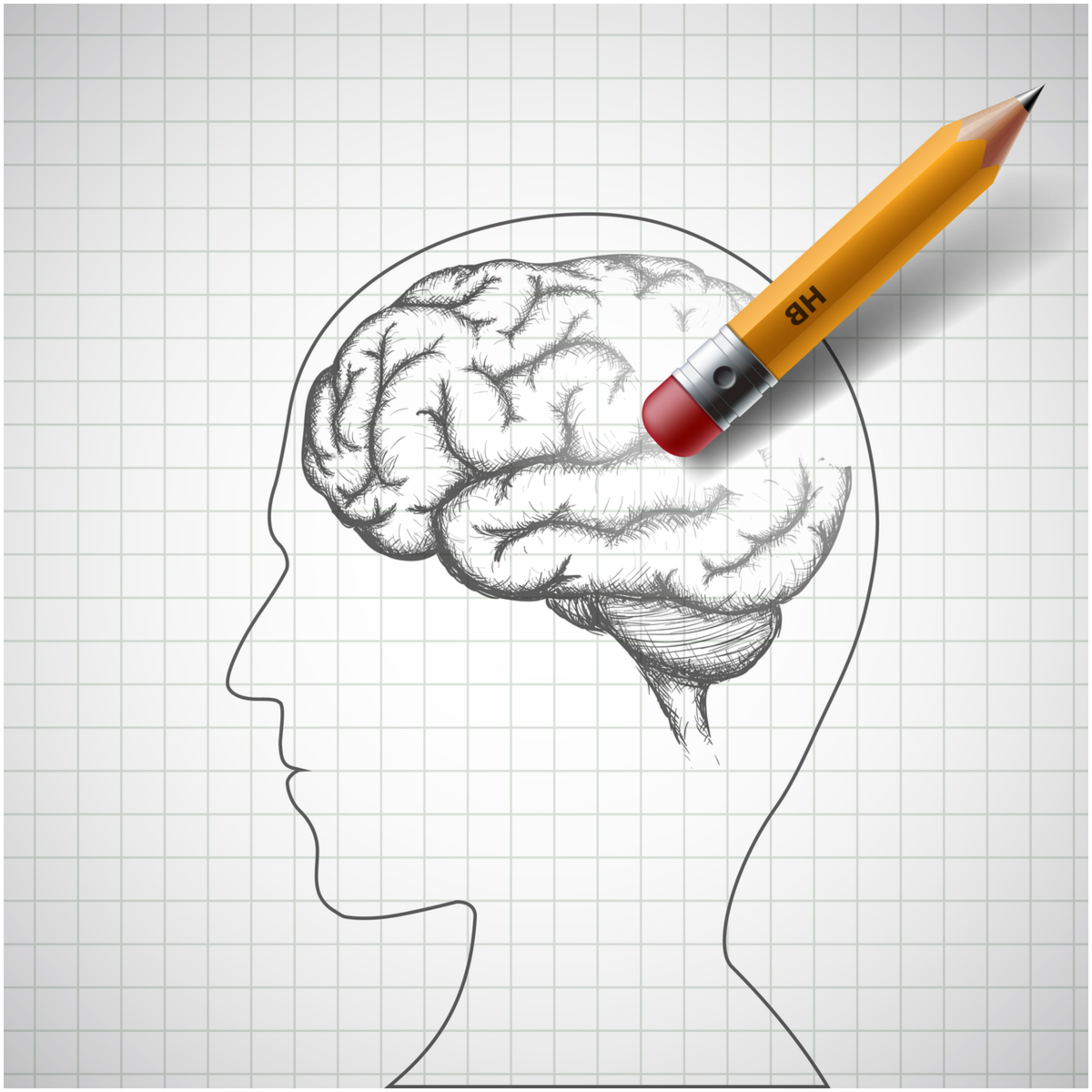 Add to favorites
Add to favoritesWhat is Working Memory?
Working memory refers to a brain system, or mental workspace, responsible for temporarily storing and manipulating information. It is different from short-term memory, where information is stored and recalled in the same format; for example, students can hold a set of numbers in short term memory, but in order to repeat those numbers backwards, they need to manipulate the information. Working memory is widely thought to be one of the most important mental faculties, critical for cognitive abilities such as planning, problem-solving, and reasoning and it is often included among executive functions. Click here to access an LD@school article on executive functions.
Working memory is defined by MedecineNet.com as a system for temporarily storing and managing the information required to carry out complex tasks such as learning, reasoning and comprehension.
Classroom Implications
Compared to short-term memory, working memory plays a more influential role in students’ academic performance. This is because many academic tasks involve multiple steps with intermediate solutions, and students need to remember those intermediate solutions as they proceed through the tasks. Examples of working memory tasks could include holding a person’s address in mind while listening to instructions about how to get there, or listening to a sequence of events in a story while trying to understand what the story means. In mathematics, a working memory task could involve keeping a formula in mind while at the same time using the formula to solve a math problem.
Verbal (auditory) working memory
Verbal (auditory) working memory taps into the sound (phonological) system. Anytime students are expected to follow a multi-step set of oral instructions, they are using these working memory skills. A student who is still sounding out words while reading is relying heavily on verbal working memory. This is very taxing to the working memory system and affects reading comprehension.
Visual-spatial working memory
Visual-spatial working memory uses a kind of visual representation. It allows students to visualize something and keep it in their "mind's eye." Students use this skill to do math and to remember patterns, images, and sequences of events.
Working memory capacity increases with age during childhood. Young children typically have very small capacities that increase gradually until adolescence, when adult capacities are reached that are more than double that of 4-year-old children. However, there is substantial variation in working memory capacity between individuals at the same age. In addition, internal or external distractions can interfere with working memory, limiting capacity even further.
Low working memory capacity is not strongly related to factors relating to the child’s background, such as inadequacies in pre-school experiences or education, or with the quality of social or intellectual stimulation in the home.
Research is showing that working memory deficits underlie learning disabilities in both reading/spelling and math. Ongoing research is looking at whether the types of working memory deficits are different for reading/spelling disabilities compared to math disabilities. There is also ongoing research on whether working memory can be specifically trained.
Related Resources on the LD@school Website
Click here to access the article Understanding Working Memory and Learning Disabilities
Click here to access the article Working Memory and Cognitive Load
Click here to access the article How can I support my students with working memory difficulties?
Click here to access a recording of the webinar "Understanding How our Students with LDs Process Information: Contextualizing working memory and cognitive load", presented by Jeffrey MacCormack and Ian Matheson
Additional Resources
In her article, Working memory in the classroom, Susan E. Gathercole describes a classroom-based approach to supporting children with poor working memory capacity, designed to avoid working memory overload in structured learning activities. Click here to access the article.
“What Is Working Memory and Why Does It Matter?” an article by Annie Stuart. Click here to access the article.
References
Brandenburg, J. et al. (2014). Working Memory in Children With Learning Disabilities in Reading Versus Spelling: Searching for Overlapping and Specific Cognitive Factors. Journal of Learning Disabilities, epub ahead of print.
Dahlin, K.I. (2011). Effects of working memory training on reading in children with special needs.Reading and Writing,24(4), 479-491.
De Weerdt, F., et al. (2013). Working Memory in Children with Reading Disabilities and/or Mathematical Disabilities. Journal of Learning Disabilities, 46(5), 461–472.
MedicineNet, Inc. (2015). Definition of Working Memory. Retrieved from http://www.medicinenet.com/script/main/art.asp?articlekey=7143
Peng, P. & Fuchs, D. (2014). A Meta-Analysis of Working Memory Deficits in Children With Learning Difficulties: Is There a Difference Between Verbal Domain and Numerical Domain? Journal of Learning Disabilities, epub ahead of print.
Swanson, H.L., et al. (2009). Working Memory, Short-Term Memory, and Reading Disabilities: A Selective Meta-Analysis of the Literature. Journal of Learning Disabilities, 42(3).






